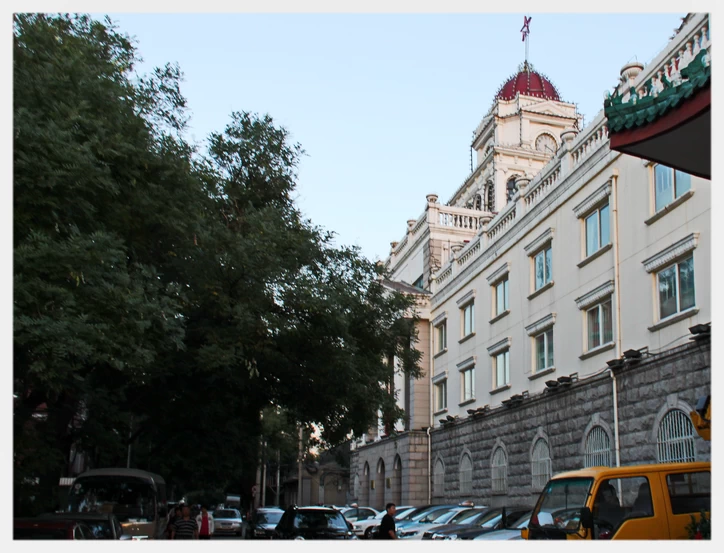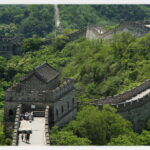The Former Legation Quarter, also known as the Dong Jiao Min Xiang Diplomatic Compound, is a historic area. It is located along the same name “Dong Jiao Min Xiang ” Hutong in the Dongcheng District of Beijing, China. This hutong is recognized by Google map as “East Dongjiaomin Lane, or E Minjiao Ln“.
Visiting the Former Legation Quarter in Beijing is a journey back in time to the diplomatic history of the city. After 1860, it also became a cluster of foreign banks, post offices, hospitals and so on. You can come here to enjoy the exterior of these Western style buildings and look back on the hundred-long history. Walking around Dongjiaomin Lane is a pleasure. Here’s how to explore this historical area:
1. Location of Dong Jiao Min Xiang
The Former Legation Quarter is so known as Dong Jiao Min Xiang ( or E Jiaomin Ln on google Map). It is located in Dongcheng District, central Beijing, not far from Tiananmen Square. The old hutong is about 1.6 km.
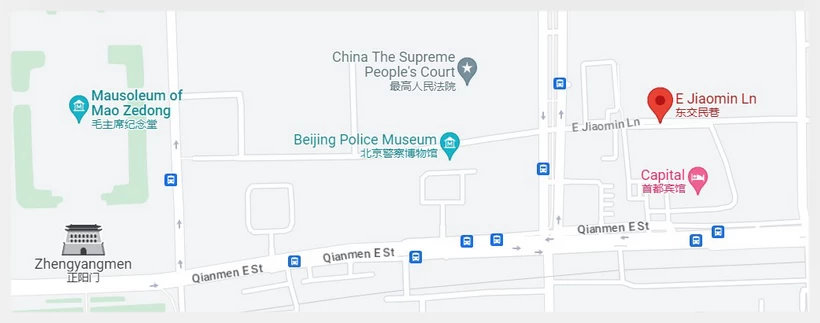
So it once had and still has a prominent and central location in Beijing. It covers an area along Dong Jiao Min Xiang Street (or Hutong ) and neighboring streets, close to important landmarks such as the Forbidden City and Qianmen Gate.
2. The Former Legation Quarter History & Highlights
Historical Significance: The Former Legation Quarter was established during the late Qing Dynasty (1644-1912) and served as a diplomatic area where various countries had their legations (embassies) and consulates. It became an important political and cultural hub during that time.
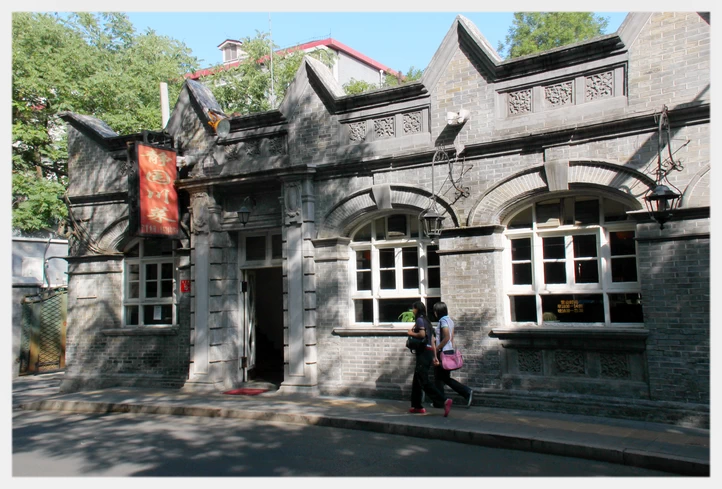
Architecture
The Former Legation Quarter exhibits diverse architectural styles, reflecting the countries that once had their legations there.
You can find a mixture of traditional Chinese architecture, European-style buildings, and unique architectural designs from different nations. Some of the buildings have been preserved and restored, showcasing their historical charm. No 43 is The Site of the former Crédit Agricole Corporate and Investment Bank.
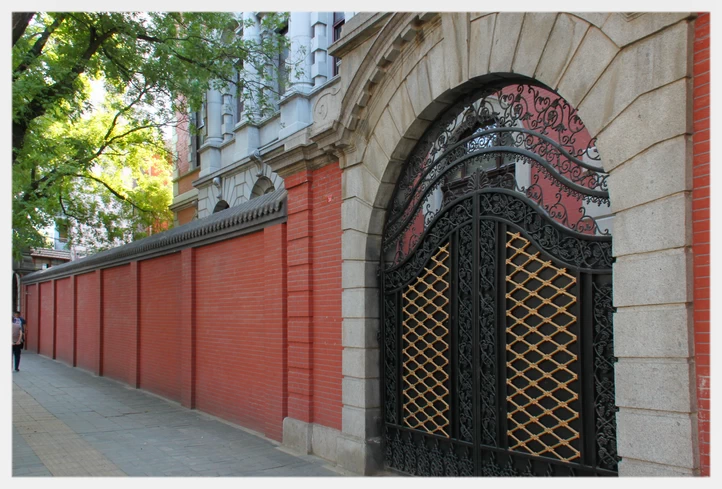
The main building and dormitory of the old building of the Japanese Embassy remain today. It is located at No. 21 Dongjiaomin Lane. It covers an area of 3375 square meters and a building area of 2631 square meters.
The old Japanese Embassy is the earliest existing building in Dongjiaominxiang area. It is the only building built in the 19th century and preserved in this area. It is also an important representative to understand the development process of modern architecture in Beijing. In 2002, 450,000 yuan was invested in the renovation.
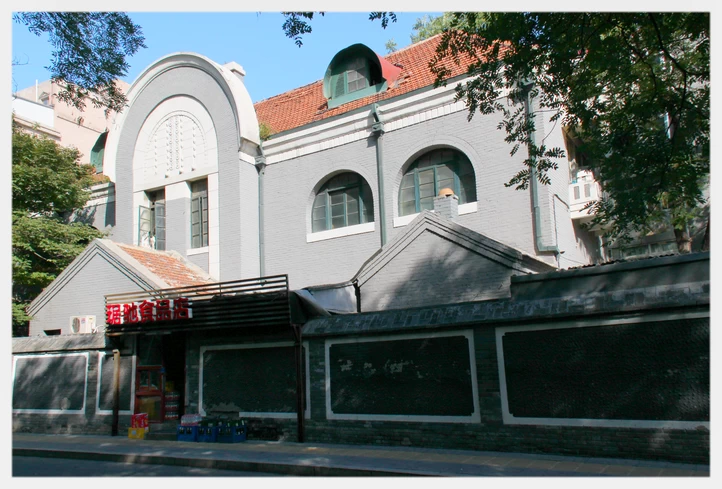
At the intersection of Dongjiao Minxiang and Zhengyi Road, the dark red western building is currently located by Zhongrong Group. It was originally the site of the Japanese Yokohama Specie Bank Ltd and the place for “Xinmin Daily” founded by the writer Zhang Henshui.
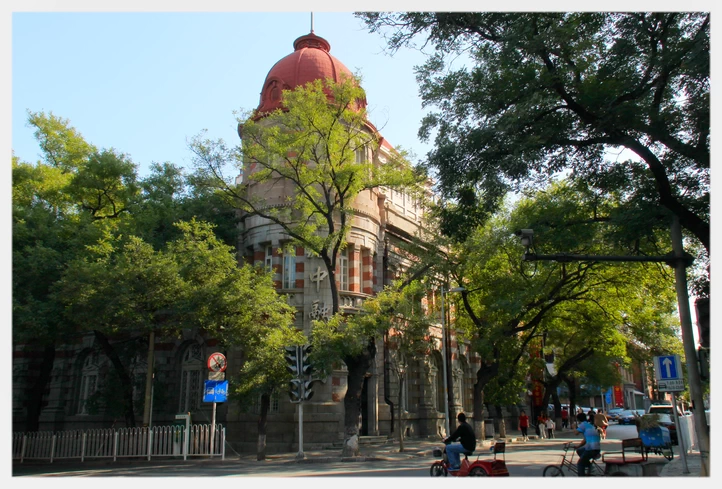
Museums and Cultural Venues
The area is home to several museums, cultural centers, and exhibition halls. These establishments provide insights into the history, culture, and diplomatic relations of various countries. Examples include the United States Legation Museum, Beijing Police Museum, the Beijing Museum of Diplomatic Relations, and the French Cultural Center.
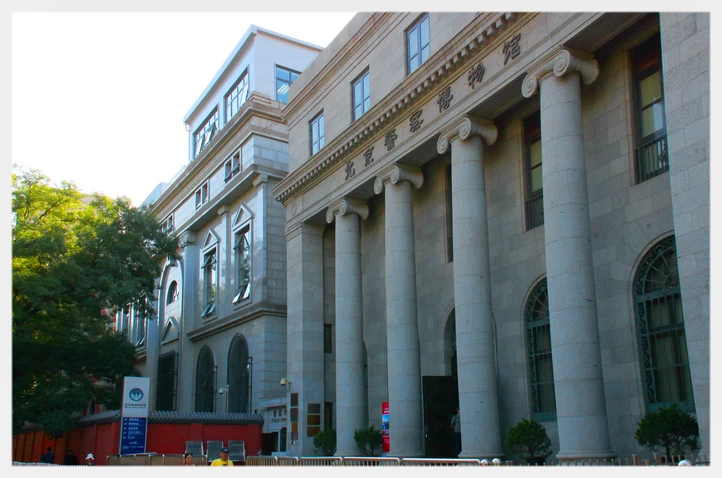
The St. Michael’s Church is located at the northeast corner of the crossroad between E Jiaomin Ln and Taijichang Road. In 1901, originally the church property belonged to the French embassy, and when it opened in 1904, St. Michael’s was taken care by the French Church.
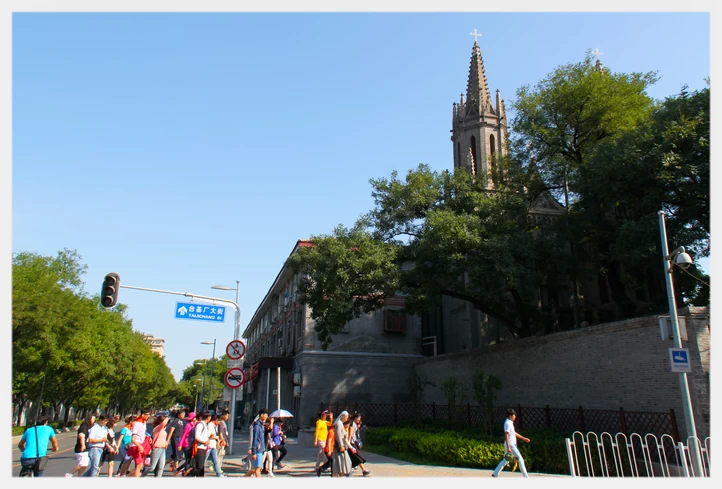
Parks and Gardens
The Former Legation Quarter features lush green spaces and beautifully landscaped gardens.
These spaces offer a serene escape from the bustling city and provide an opportunity for leisurely walks, relaxation, and enjoying nature. Examples include the Dong Jiao Min Xiang Park and the North Garden.
Shopping and Dining
The Former Legation Quarter has a range of shops, boutiques, cafes, and restaurants offering diverse dining and shopping experiences.
You can find both international and local cuisines, as well as boutiques selling unique handicrafts, souvenirs, and art.
Historical Landmarks
The area is home to several architectural landmarks and historical sites.
These include the historic Dongjiaominxiang Church, the Anglican Church of St. Michael and All Angels, and the Huashi Mosque. Exploring these buildings provides a glimpse into the religious and cultural aspects of the area.
3. Transportation
Determine the most convenient way to reach Dong Jiao Min Xiang Hutong. You can use public transportation such as the Beijing Subway or buses, or take a taxi or private car. Consider the nearest subway station or bus stop to the hutong and plan your route accordingly.
The historic hutong is open all year round without any charge. Dong Jiao Min Xiang is an east-west hutong with its west end ( west entrance ) connected to Beijing Tiananmen Square and its east end ( east entrance ) close to the Exit A of the subway station of Chongwenmen ( subway line 2).
So you can easily arrange your walking tour along the historical street per your day trip.
4. Explore on Foot or Rent a Bicycle
Dong Jiao Min Xiang Hutong is best explored on foot or by renting a bicycle. Strolling through the narrow alleyways allows you to fully appreciate the unique architecture, observe local life, and discover hidden gems.
You can rent bicycles from nearby rental shops or through bike-sharing services.
5. Walking Tours
Taking a guided walking tour of the Former Legation Quarter allows you to learn about the historical background and significance of the area.
Knowledgeable guides can provide insights into the diplomatic history, architecture, and cultural heritage preserved within the compound.
When visiting the Former Legation Quarter, be aware of any specific entry requirements or regulations for individual buildings or museums. Respect the surrounding areas and properties, and follow any guidelines or instructions provided by the authorities or venue staff. By doing so, you can fully appreciate the historical and cultural significance of this unique part of Beijing.
If you have any questions or queries, then please feel free to drop us a line.

